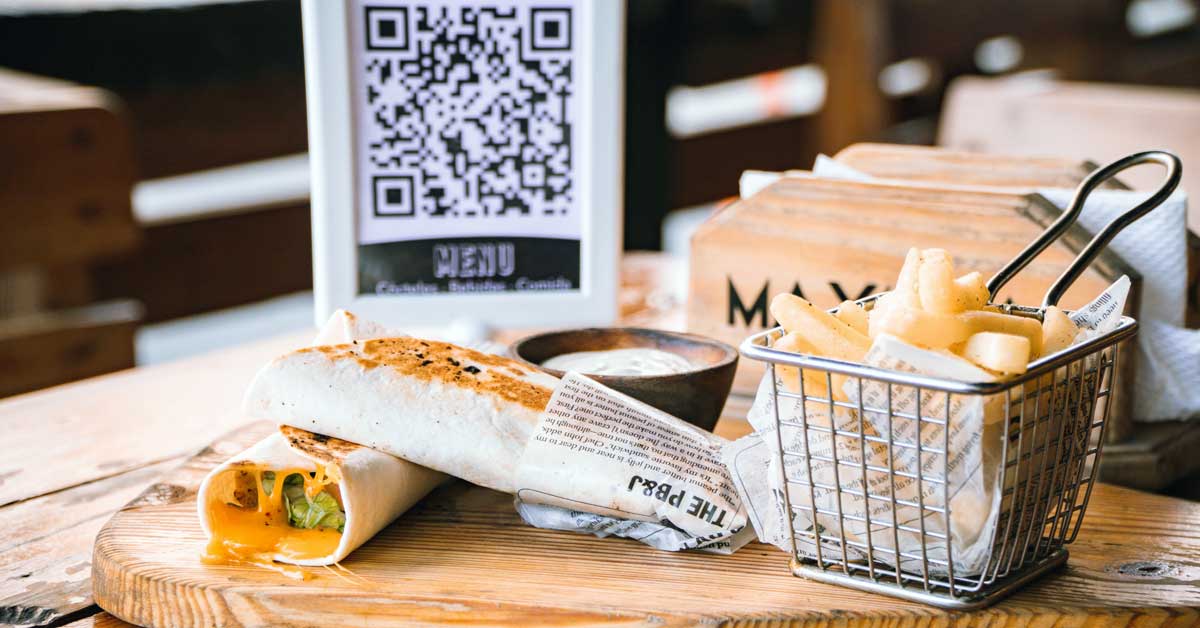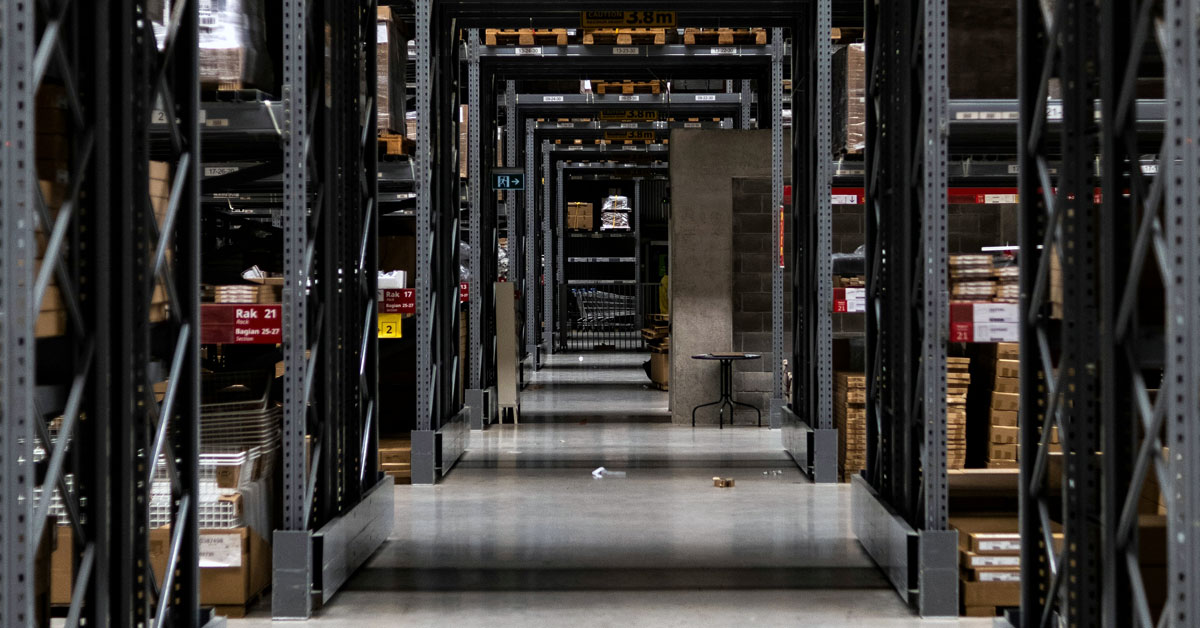How can smartly planned dynamic displays enhance your restaurant's customer journey and unlock new possibilities for engagement, operations streamlining, and fostering loyalty?
Within a restaurant, the adoption of digital applications improves business efficiency and optimizes the customer experience. It is now evident that the future points of sale will be smarter and more connected, offering a better information base and purchasing incentives for both sellers and consumers.
Today’s consumers search online for locations, products, and prices before even reaching the point of sale. They analyze and compare market offers. Customers expect technologies that provide additional services, an easy-to-use experience, and stimulate purchasing decisions: dynamic displays, information or ordering terminals, tablets, and interactive screens represent the digitization of the point of sale, necessary for companies that want to maintain a competitive advantage over their competitors. It is important to understand how these technologies benefit both restaurant owners and customers.
In this first of three articles, we explore the integration of digital tools in restaurants and how these innovations are reshaping the dining experience for customers.
Dynamic Displays
Dynamic displays are devices that favor the customer experience in-store or across a network by using a series of screens to broadcast various information and promote offers in-store advertising. These displays are dynamic because the messages can take various forms (videos, images, animations, web pages, RSS feeds, sounds, etc.), and their broadcasting and scheduling can adapt to different times of the day, be modified and updated in real-time. Dynamic displays can be managed within the establishment, broadcast on a local network of screens or centralized at a national level, disseminated across hundreds of screens in various points of sale. They offer multiple uses and benefits.
– Dynamic In-Store Advertising
It entices interest, provides information, adapts based on available offers, increases sales by encouraging impulse purchases, delivers specific content to predefined customer segments and makes waiting times more enjoyable.
– Dynamic Digital Menus and Cards
They allow real-time content modifications based on the current offer and season. The information they provide is more comprehensive than traditional menus and can be regularly updated without changing physical supports. This method reduces customer wait times and projects an innovative image of the establishment.
– The QR Code
Since the Covid-19 pandemic, the QR code has found its place on restaurant tables, promoting contactless interactions. Scanning the QR code with a smartphone allows customers to access the restaurant’s digital menu, eliminating the need for printed menus that require sanitization.
– Dynamic Outdoor Advertising
It makes the point of sale more attractive, piques interest, informs, captures new customers, enhances the point of sale’s image, and showcases the company’s graphic identity.
– Internal Communication Tool
It optimizes waiting times at the reception, enhances the company’s image for both employees and customers, modifies messages in real-time based on in-store events, and provides real-time display management.
– Signage
It accompanies and reassures visitors, enhances the company’s image, beautifies reception areas, presents products, provides information about the company’s activities and news, and manages real-time displays.
– Interactive Information Kiosks
Increasingly present in daily life, interactive kiosks can be found in train stations, car rental agencies, car dealerships, hotels, and restaurants. Accessible for self-service use by customers, they create interactive databases, engage customers in searching for various information, events, product details (calories, nutrients, allergens), stimulate interest, and enhance your company’s image.
– Interactive Tables
Interactive tables allow for engaging customer interactions, from ordering to payment. As easy to use as a tablet but integrated into the furniture, these tables offer features like choosing menu display language, browsing the restaurant menu, selecting dishes and options, sending orders to the kitchen, viewing the kitchen operations, displaying practical information, offering entertainment with games and videos while waiting, reading news, and settling the bill. Customers can interact with guests at other tables and share their experiences in real-time on social networks.
Though still relatively uncommon in restaurants, interactive tables are used in some establishments, especially those focusing on interactive dining experiences. While various hardware options exist for this purpose, the software offerings remain limited (often bespoke), and the costs can be significant.
– Self-Service Ordering – Order Kiosks
Many chains and independent restaurants offer order kiosks, thanks to new available and affordable solutions that reduce waiting times. With no waiting at the counter and a dedicated pickup line, this service is widely used during peak periods. The kiosk streamlines movements within the establishment and order preparations. The visual and interactive aspect of the kiosk also significantly increases the average ticket value (by 10% to 15%).
It’s essential not to overlook the following aspects:
- The quality of the screen, both for touch sensitivity and brightness regardless of its exposure.
- A reliable network connection, whether Wi-Fi or wired.
- System supervision to prevent black screens on the kiosks, which can harm the establishment’s image and affect the cashiers’ confidence in the equipment.
- The involvement and training of cashiers and sellers in kiosk usage.
– Self-Ordering or Tableside Ordering by Customers in the Restaurant
In line with the contactless trend and streamlining order-taking processes, customer ordering applications are becoming more prevalent in restaurants. By scanning the QR code on the table or the restaurant’s website, customers can download the application to their mobile devices and place their orders directly from their seats.
Conclusion
As the restaurant industry moves towards a tech-driven future, the integration of digital tools proves to be a game-changer in improving customer engagement, streamlining operations, and fostering loyalty. From dynamic displays capturing attention to interactive kiosks empowering customers with information, and mobile payment solutions offering seamless transactions, restaurants are embracing the power of technology to cater to the demands of modern consumers.
In this article, we’ve delved into the various digital tools transforming the dining landscape, setting the stage for an enhanced customer journey and unlocking new possibilities for restaurants to thrive in a competitive market. Stay tuned for the next articles in this series, where we will explore mobile payment and customer relationship management in further detail, shedding light on the full potential of restaurant digitalization.
For more information on dynamic displays, we recommend the following resources:
_________________________________________________
Wallboard – What is Dynamic Digital Signage?: https://www.wallboard.us/blog/what-is-dynamic-digital-signage
Mersive – How Dynamic Displays Can Improve Your Business’s Visibility and Engagement: https://www.mersive.com/blog/product-education/digital-signage-101/







